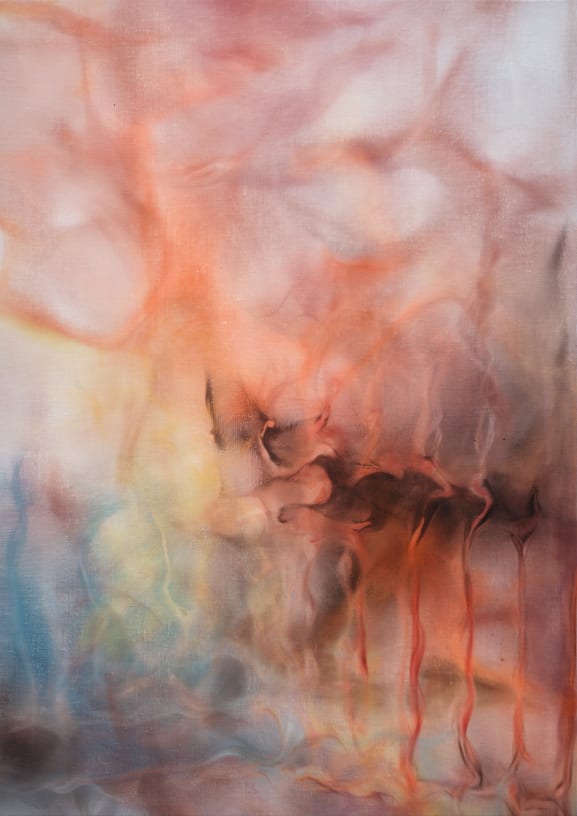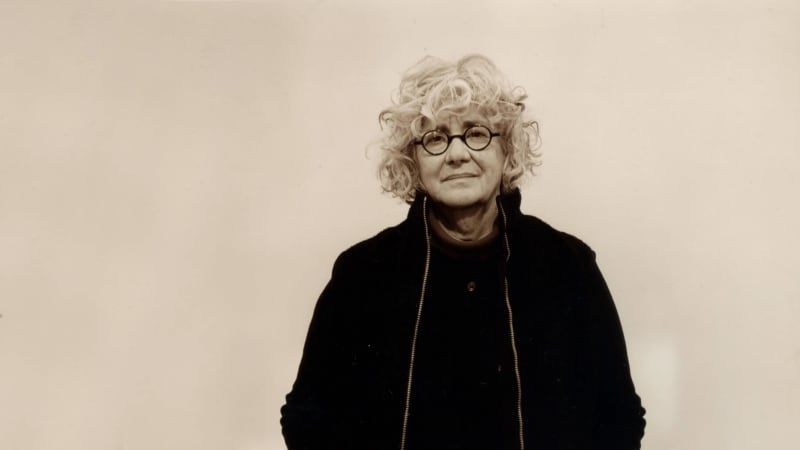La Grotte Chaumont Inauguration of an installation by Miquel Barceló at Domaine de Chaumont-sur-Loire, France . (This link opens in a new tab).
At the heart of a grove, the monster of La Grotte Chaumont presents us with the back of its throat spread out like an underwater cavern. Its concretion-like teeth threaten to close at a moment's notice, taking our gaze away from a world in the process of being born or digested. But isn't that Jonah standing there on the edge of the whale? The hieratic figure, naked as Adam, seems to be waiting to be cast ashore. And what is that red spilling out between two teeth? A tongue? No way! Perhaps it's a garment, as in the scene painted by Pieter Lastman in 1621. Further proof that Miquel Barceló is constantly painting, and that his work is part of the immense thread of art history stretching from the Chauvet cave to the Chaumont cave.
One of Spain's most acclaimed contemporary artists, Miquel Barceló is known for his relief-like mixed-media paintings, expressive bronze sculptures and ceramics. An artistic nomad, his fascination with the natural world has inspired richly textured canvases that evoke the earthy materiality of Art Informel, as well as compositions that study the effects of light and the ever-changing colours of the sea. Always experimenting with non-traditional materials such as volcanic ash, food, seaweed, sediments and homemade pigments, his works carry the traces of the fierce energy that animates his creative process.
In the mid 1980s, Barceló began eliminating narrative elements from his works, creating an increasingly unreal space punctuated by holes, cracks and transparencies. This process of simplification culminated in 1988, a year in which he travelled across the Sahara and created his white paintings. Relying on cultural and geographical diversity for inspiration, his time in Mali, where he established a studio, was a formative experience. For Barceló, painting is a visceral way of relating himself to the world and, as such, his art connects with the primitive beauty of cave paintings. He expands the technical boundaries of representation, while remaining rooted in the grand tradition of painting, following in the footsteps of Picasso or Goya when representing bullfight scenes or Baroque painters when completing a commission for the Palma de Mallorca Cathedral.









































































































































































